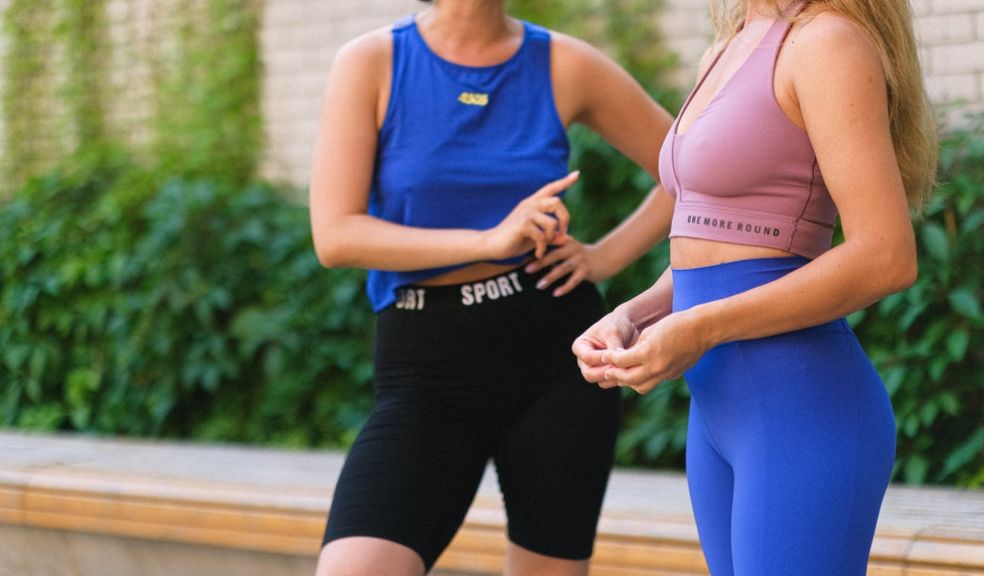
Choosing sustainable materials for sportswear
When it comes to training, your clothes aren’t going to do the work for you, but they nonetheless have a big impact on performance. If the fit isn’t right or the materials don’t feel comfortable, you are probably not going to be in the best state of mind – which inevitably will be felt on how you are performing that day.
Sportswear should allow you to move freely and not hinder your movements and the materials should feel comfortable and breathable. With the rising awareness of the impact of the fashion industry as a whole, more brands are turning towards more sustainable materials when manufacturing sportswear. In this post, we’ll cover some of these materials that are commonly used by clothing and sportswear brands.
Natural Materials
While not presenting a technical performance as a textile, cotton is a popular natural material that is used on its own or as part of a blend – in many yoga garments for example. Traditional cotton isn’t always sustainable but many brands offer more sustainable and less intensive manufacturing processes with organic cotton (which doesn’t require a lot of chemicals).
Bamboo and hemp are both good alternatives to cotton that are gaining popularity as they are usually more sustainable than cotton. Bamboo is a fast-growing plant that does not require replanting nor pesticides/insecticides while the transformation process requires less water than cotton. Its natural moisture-wicking properties make bamboo a great choice for sportswear including base layers, trekking clothing or yoga clothing.
Hemp is the most durable and sustainable option for natural materials. It stretches less than other natural fibres, meaning the garment will retain its shape a lot better. Hemp also provides natural UV protection, which is something important to consider when practising sports outdoors. Hemp does not require pesticides/insecticides neither and grows quite densely which is yet another reason to choose this natural material.
The manufacturing process will play a big part in how sustainable the final product is, so make sure to always check how items are manufactured and prefer naturally-produced textile that doesn’t require large amounts of chemicals.
Recycled Materials
Most activewear uses synthetic materials due to their long-lasting properties and technical performance. However as these fibres are derived from raw materials such as petrochemicals, they’re not sustainable.
One of the alternatives to this problem is the use of recycled materials such as recycled polyester made from plastic bottles (commonly referred to as either PET or RPET). The use of recycled polyester has boomed in recent years due to innovations in technology. Many sportswear brands have included recycled plastic bottles in their sustainable ranges, from leggings to tops and even performance underwear, as seen in the product range of a Scottish brand called BawBags (click here to find out more about their range and how their underwear are sustainable).
There are other alternatives to synthetic fibres such as blended fabrics partially made from recycled fishing nets, which are ideally suitable for water sports as an alternative to nylon/lycra.
There are of course other sustainable textiles which are often created as unique blends by brands depending on the intended use of the activewear (high intensity, low intensity, outdoor sports, water sports…) but these are the most common materials used for sustainable sportswear.
When looking for sustainable sportswear, it’s important to consider the material as well as the manufacturing process, and keep in mind that the best option for you will also depend on what type of sport you practice.
If you’ve enjoyed this post, don’t forget to check out all our women’s sports news and opinion pieces in the comment category.





